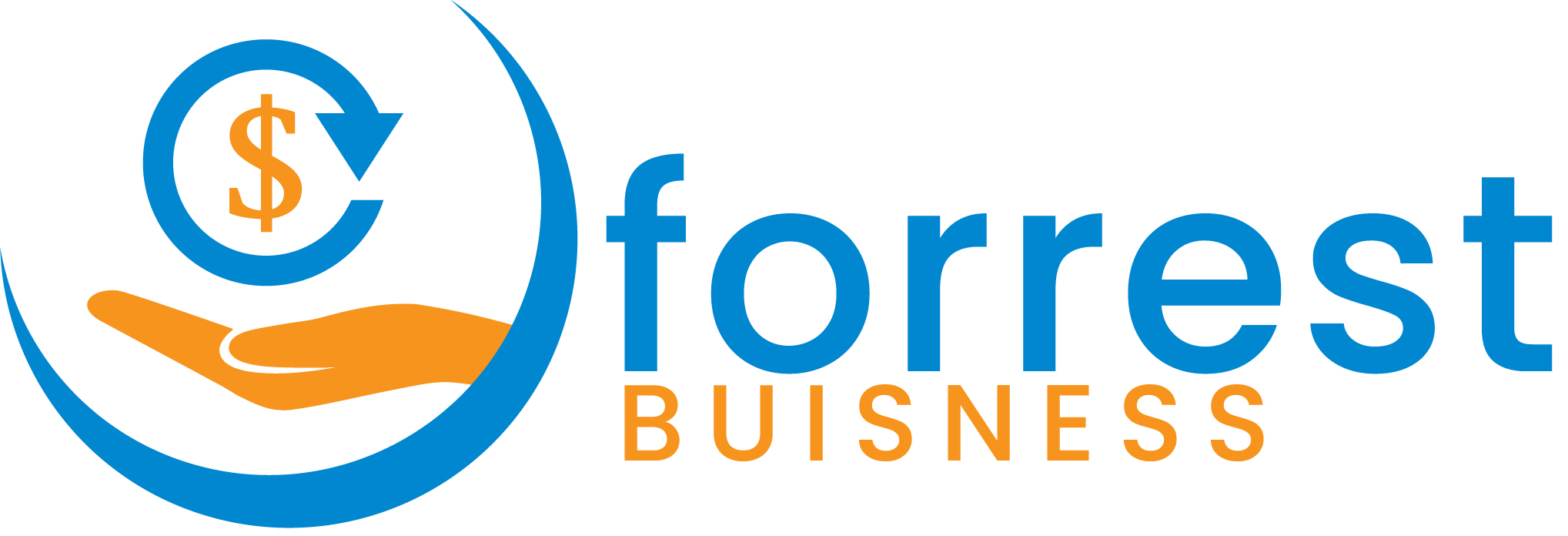On this episode, I’m joined by Mark Higgins, Co-Founder and Chief Analytics Officer of Beacon, a growth surroundings for quants, constructed to steadiness the rigor of enterprise software program with the liberty of quantitative growth and downside fixing in public markets. Mark and I cowl a spread of matters, together with:
Mark’s Background:
“My first job earlier than I used to be at Goldman, I used to be the one developer at this little FinTech that was constructing buying and selling system for for a Virginia energy utility… We needed to determine all of it out on the spot, which was a fantastic studying expertise for me. They’d their very own, preliminary market crises when energy costs (which usually have been like $30, a megawatt hour) went to love $3,000 as a result of some energy plant unexpectedly went offline. And so half the hedge funds made a ton of cash when energy costs went from $30 to $3,000. And the opposite half of them went bankrupt.”
Mark started his profession as a PhD in physics, earlier than shifting over to the world of finance. His begin on the earth of buying and selling and derivatives started at a small commodity buying and selling desk, constructing threat buying and selling methods because the workforce’s sole quant. A number of years later, he would go on to Goldman Sachs on the International Alternate Buying and selling desk, the place he met Kirat Singh his co-founder at Beacon, and started to work on Goldman’s SecDB platform.
Goldman and SecDB:
“However you realize, [Kirat and I] sort of grew up at Goldman, within the SecDB platform, which is a very attention-grabbing mixture of a derivatives focused-trading and threat administration system. So the system the place you do trades with individuals, if you happen to e book them, after which you may see all of the portfolio of stuff that you’ve got and see how a lot cash you make or lose in several market situations… After which they’ve this growth platform that was a part of the system, which is the place all of us would truly write all of our code. So all the info was there that we wanted, all of the trades and positions and market knowledge and reference knowledge and every thing was already in there.”
Mark and Kirat minimize their enamel at Goldman the place they turned conversant in testing software program at scale in the identical surroundings that trades and threat have been being analyzed. From their time at SecDB, and subsequently at JP Morgan and BAML, Mark and Kirate began to sketch the define of the architectural mannequin and surroundings that will later develop into Beacon.
Founding Beacon and fixing the enterprise growth downside:
“Perhaps one man downloads, Python, and one other particular person builds stuff in C++ and one other one makes use of R. And all these issues resolve these little level enterprise issues after they come up. However then three years later, you’ve bought a whole lot of those little disconnected level options, and every thing sort of grinds to a halt. ”
Mark explains how quants’ tendency to start downside fixing “side-of-desk” can work within the quick run, however will finally hamstring a buying and selling desk. We proceed to debate the advantages of Beacon’s manufacturing surroundings and to what diploma he thinks Goldman’s SecDB was to credit score for his or her efficiency within the 2008 monetary disaster.
The Attraction of Finance for PhDs:
“I didn’t even know that quantitative finance existed once I was doing my physics PhD. Physics is thrilling and intellectually attention-grabbing, nevertheless it’s sluggish — you’re employed on one thing for months, or years, and also you publish papers. And there are perhaps six individuals on the earth who know what your factor is.”
We talk about whether or not Finance (particularly quantitative work) remains to be interesting for PhDs popping out of right now’s doctorate applications.
The Newest Functions of AI/ML in buying and selling:
“… and so the concept with deep hedging, is to say, nicely, as a substitute of all this form of threat impartial gunk, we’re simply going to coach a neural web to determine the most effective hedges to your derivatives portfolio. And within the restrict, the place all these threat impartial assumptions apply, then the most effective hedges are the danger impartial hedges, and so it reproduces all of the stuff that we’ve historically completed, however then it form of generalizes to the area the place threat impartial pricing doesn’t work. ”
Mark explains “deep hedging” a brand new software of machine studying and neural nets facilitated by applied sciences resembling Beacon.
About Mark Higgins:
Mark Higgins (PhD) is a veteran of the finance business, and a real technologist with a PhD in astrophysics. Earlier than co-founding Beacon with Kirat Singh in 2014, Mark spent eight years at JP Morgan, launching and delivering the Athena mission, and co-heading the quantitative analysis group for the funding financial institution. Previous to JP Morgan he spent eight years at Goldman Sachs the place he labored on Goldman’s legendary SecDB.
___
In regards to the Creator:
Andrew Janssens is a second-year MBA Candidate at The Wharton College, the place he’s a part of the Wharton FinTech Podcast workforce. He has a ardour for the nerdy corners of economic companies, enterprise capital, and all issues FinTech. Don’t hesitate to succeed in out with questions, feedback, suggestions, and alternatives at ajanss@wharton.upenn.edu.
___
For extra insights from FinTech leaders, observe:
Wharton FinTech
Twitter | Medium | LinkedIn | Fb | Instagram
Andrew Janssens
